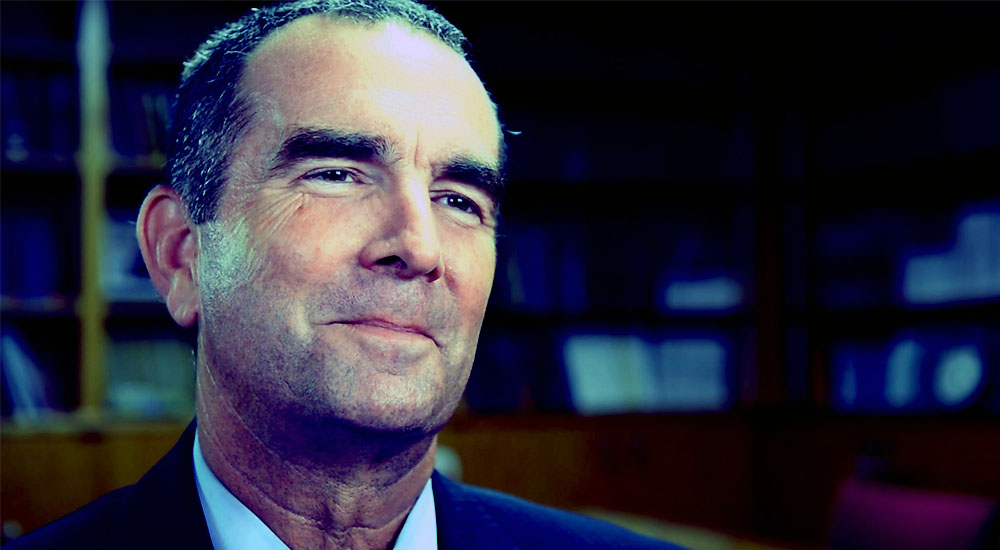Mental illness and significant life stress are two key factors in predicting who may perpetrate a mass shooting or other such attack.
That’s the central finding of a new report by the U.S. Secret Service released earlier this month n the wake of the mass shooting in Virginia Beach in May.
Compiled by the agency’s National Threat Assessment Center, the report finds that of the mass attacks in 2017-18, the vast majority had some sort of warning sign.
“The violence described in this report is not the result of a single cause or motive. The findings emphasize, however, that we can identify warning signs prior to an act of violence,” the report states.
“While not every act of violence will be prevented, this report indicates that targeted violence may be preventable, if appropriate systems are in place to identify concerning behaviors, gather information to assess the risk of violence, and utilize community resources to mitigate the risk,” it states.
Of the attacks in 2017 and 2018, a total of 78 percent of perpetrators “exhibited behaviors that caused concern in others” from strangers to family members.
Mental illness, alone, is not a risk factor for violence, but combined with other factors — such as persistent anger, inability to cope with stressful events, or other emotional struggle — the can indicate that an individual might be at risk.
A “see something, say something” mindset is key to stopping mass attacks before they start.
“Systems can be developed to promote and facilitate such reporting, and people should be encouraged to trust their instincts, especially if they have concerns for someone’s safety,” the report states. “For example, several states have recently developed statewide reporting infrastructures that allow students and others to utilize a smartphone app to submit anonymous tips to a call center staffed by law enforcement.”
Once someone see something and says something, then it falls to public safety professionals to do something.
The report is available here.





